Myron McNeil:
CLASS OF 1968
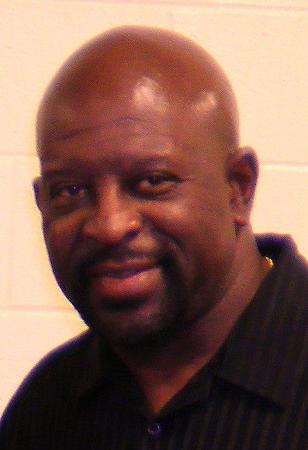
Wilson High SchoolClass of 1968
Florence, SC
Morris CollegeClass of 1976
Sumter, SC
Myron's Story
I graduated from Wilson in 1968. Went into the US Marine Corps in 1969. I Did a two-year hitch as a MP at Cherry Point Marine Corps Air Station in North Carolina. After being honorably discharged I enrolled at Morris College (Sumter, S.C.) graduating in 1976.
I Worked as a Phys. Ed.teacher and as an arts administrator in Sumter before returning to Florence. During the 1980s, worked briefly at Williams Middle School and Southside Middle School before going to the S.C. Department of Disabilities and Special Needs. Worked in that field for 13 years as a Resident Staff, Occupational Training Coordinator and as a QMRP. Worked later at the Timmonsville (S.C.) School District as a teacher's Assistant, ABA Therapist and Social Studies teacher thru 2009. Also worked part-time as a store clerk, tennis coach, warehouse clerk and automobile detailer.
I remained single for most of my life, but met and became married to the beautiful Sarah Timmons in 1995. Sarah had a previous son, Brandon. Together, Sarah and I have a daughter, Myrah. We live in Timmonsville (SC).
A COLD(CUT) CASE
A lot of funny things happen among football players, both on and off the field. The funniest incident that I can recall occurred during my sophomore season (1965) at Wilson High School in Florence (S.C.).
The team was on a bus headed to Charleston for a game against the Bonds-Wilson Cobras. We were riding along on U.S.Highway 52 having a lot of fun. Everyone was singing chorus behind Milton Grant. Milton our motivational leader and head comedian. We were singing our favorite song which went to the tune of Cab Calloway's "Minnie The Moocher." These are the words.
Down by the river
we went for a walk,
and we met old Bonds-Wilson
and we had a talk,
Well hide, hide, hide, ho
ho, ho, ho,
we gonna beat Bonds-Wilson
and we goin' home.
So we were rolling along when suddenly the bus started shutting down. We chugged along for a while, then we pulled into this place beside the road. We had landed at a combination store/juke joint/game room/junk yard. As it turned out this was an ideal place for us to break down. There was plenty of room to walk around, pool tables for our amusement, food and drinks in the store, and a telephone.
Coach Long (William R.) called for a back up bus. Then he and Coach Willie "Sweet Bill" Smith bought a bunch of bologna and bread for sandwiches. There were probably about fifty of us, so each player was given one slice of bread. With bread in hand the whole team was crowded around the coaches, waiting anxiously for a slice of bologna. I remember holding my bread gently in my left hand so as not to crush it. My hands were down by my side. My attention was focused on the coach and that bologna. Suddenly and quickly, someone snatched my bread right out of my hand. I looked around, expecting to see one of my friends smiling with a playful look on his face. No one was smiling and no one had a playful look on his face. Everyone was strictly business, and all appeared to be oblivious to my plight. I decided to turn around and pursue the man with the bologna like everyone else.
After finishing my sandwich without bread, I began asking around. My investigation went nowhere. No one knew anything. The thief was really clever. Not only did he manage to avoid being detected by me, but it appeared that no one else had seen him either. To this day, I still, however, refuse to give up.
I am reopening the case. With increases in the cost of living and inflation, a slice of bread should be worth about 11 cents now. If you add to that over 43 years of pain and suffering at one cent per year, I must be owed at least 54 cents. So I'm putting up a reward of 25 cents for information leading the identification of the thief who stole my bread. Anyone with information please call Tommy Hewitt or Archie Gainey (two well known Florence detectives from that era. Both now deceased) You don't have to leave your name.
By the time the the replacement bus arrived that night, it was too late to go on to Charleston. We returned to Florence and were instructed to meet at the school the next afternoon. This time we had a fancy chartered bus waiting for us. We rode down to Charleston in comfort and style. We all cheered when we passed the place where we had been stranded the night before. The only other time we made noise that night was when we were passing a billboard which was advertising a certain well known pancake mix. Milton called his good friend, Moses Williams. "Hey Mose," he shouted, "aunt yo mama."Everyone on the bus rolled in laughter, including the coaches and our white driver.
The Wilson Tigers arrived on time and looking good on that fancy bus. The Cobras, however, were not impressed. They won the game that night by a score of something like 35-14. Our spirit wasn't dampened for long, however. The next week we were at home to play the Wilkinson Wolverines from Orangeburg. We sang the same old tune with a different school name., and this time we won by a score of 19-14. The second part of the song goes like this:
Wilkinson had an old rooster,
and they put him on the fence,
and the rooster crowed for Wilson
cause he had some sense.
Hide, hide, hide, ho.
Ho, ho, ho, ho
We gonna' beat ol' Wilkinson
and send em home.
We ate Bologna the night that our bus broke down, but that was not our normal road cuisine. In those days the visiting team was usually fed by the host school. In retrospect, this was probably due to two main factors, segregation and a sub par standard of living. There were really not very many places in which the operator was suited or willing to accommodate a bus load of black football players. Also, not all players would have the necessary funds to eat out on five road games every football season. On most of our road trips we ate at the host school's cafeteria. Fried chicken was the standard entree, and we always enjoyed it. Three schools that we played, however, treated us to meals in restaurants. In Orangeburg we ate at a popular little cafe which was located in the black business district down town. It wasn't fancy, but the food was ok. When we went to play Howard High of Georgetown in 1966, they trashed us on the field, but we were treated like royalty after the game. We ate at a restaurant on the river. It was very cozy and the food was really delicious. Each player was given a quarter of fried chicken, mashed potatoes and vegetables. The best place we ever ate perhaps, was Brooks Restaurant in Charleston. Our opponent was Burke High School. They outclassed us on the field, but really showed a lot of class by sending us to Brooks. It was plush with black leather seats and red carpet . Our team had a separate dinning area. The bar in that area was closed but one of our daring players tried the draft beer tap. To our surprise, it worked. Our coaches were dining in another area with the host, so some of our players helped themselves. On the trip back home, players were giddy. None of our losses had ever been absorbed so "painlessly."
THE KING ASSASSINATION: Where Were You When You Heard The News?
Wesley Burns and I walked to school together every day. We lived across the street from each other, were both seniors in the same homeroom and we both played on the football team. On the morning of April 5, 1968 we were hastily making our way from the east side of town where we lived through north Florence where Wilson High School was located. We were walking north on Roberts Street when Wesley hit ...Expand for more
me with the news. "Hey," he said, "you know they killed "Ol' Coon" last night." "What?" I replied. "Yep, shot him down like a dog," Wesley said. "Ol' Coon," as Wesley called him, was Dr. Martin Luther King, Jr., and that is where I was when I learned that Dr. King had been assassinated in 1968.
This story is not intended to disparage either Dr. King nor my friend Wesley. King was an iconic leader and Wesley was a fun loving teenager who could find humor in almost any situation. He didn't find any humor in King's death, but referred to him as Ol' Coon just as had been doing for the past several years. Once we had seen a Klu Klux Klan bilboard which referred to Dr. King as Martin Luther Coon. To Wesley it was a funny, private joke kind of thing. From that time forward he referred to Dr. King as Martin Luther Coon. Since the mid 1950s King had been seen as the leader of the Civil Rights movement. He had been at the forefront for more than a decade, but he had always had his detractors. By the time of his death a number of more militant types were challenging him as leader. The majority of the younger blacks favored the militants. Tough talkers like Stokely Carmichael, Eldridge Cleaver, Bobby Seal and Huey P. Newton appealed to them. In their minds, King's non-violent strategy worked too slowly. It was viewed by them as weak and appeasing to the white man. Clones of Carmichael and the other militants began popping up every where. They were on every black college campus and on the streets of urban America. Even blacks in the military became militant. They demanded change and change they got. Segregation and overt racism were challenged head on. No more "We Shall Over Come." It was "Black Power" and "Burn Baby Burn." The term Negro was replaced by Black. Other terms such as "Boy," "girl," "uncle" and "auntie," began being replaced with ma'am and sir. No more back entrances and balconies. Blacks began sitting down and eating in restaurants and using facilities from which they had once been banned. This didn't happen all at once, but by the early 1970s many noticeable changes had occurred.
When Wesley and I arrived at school the morning after the King assassination, our homeroom teacher, Mrs. Clotilda Diggs, who always seemed upbeat, was distraught that morning. She related to us how Dr. King and her husband Bill (Rev. William P. Diggs), had been classmates at Morehouse College. Several days later she and Reverend Diggs would go to Atlanta to attend Dr. Kings funeral. When she returned Mrs. Diggs gave us a first person account of the funeral and the events surrounding it. She told of having dinner in the same restaurant as Stokley Carmichael and she indicated that his presence was somewhat frightening. Carmichael and the militant faction of the Civil Rights Movement had that kind of affect on middle class blacks during that era. Mrs. Diggs told us how she was reassured by someone who knew him that, "Stokie" ain't gonna' bother nobody."
Today Dr. King is revered throughout much of the world. He is basically thought of as a saintly figure who lead his people to the promised land. A statue of his likeness was to be dedicated on August 28, 2011 in Washington D.C..but was postponed due to hurricane Irene. Stokely Carmichael and the other militants are remembered too, but not nearly as much as King. And Wesley, last I heard he was a lay preacher in, of all places, Atlanta, Georgia. Mrs. Diggs may have hit the nail on the head as she talked to her class following her return from the funeral. That morning as she finished telling us about the event, she closed by wondering if "maybe Dr. Martin Luther King, Jr. was the second coming." Not bad for an Ol' Coon.
MORRIS COLLEGE REPRESENTS
July 10, 2011 will mark the 37th anniversary of the unveiling of the Mary McLeod Bethune monument in Washington, DC's Lincoln Park. Morris College (MC) was represented on that hot day in July of 1974. The college's new president, Dr. Luns C. Richardson, had just been inaugurated, and a new sense of hope and anticipation hovered over Morris like smog over L.A. on a mid summer morning. With all of that optimism, a few sandwiches and some soft-drinks, about 50 MC summer school students hopped onto the school bus for the 500 mile journey to the nation's capitol.
"The Hornet" (our blue and gold bus) left campus on the night before the big event. We rode all night, and the trip itself was a lot of fun. Pharish Pinkney (PP) and William Gilmore (Gilly)were our male chapherones and drivers. Pharish had just graduated and "Gilly," I think, was a senior. Ms. Ada Boynton, I believe, was the chaperon for the women students. At any rate, we had loads of fun on the way up (to DC). We got there some time after sunrise the next morning. The city was crawling with by black people. The area around the Capitol building was jammed with buses and cars from all over the country. Bethune-Cookman College (BCC) probably had the largest contingent which included their marching band. The Wildcats (BCC mascot) were out in full representing their founder and long-time president. Lincoln Park was located in an area out from the rear of the Capitol building. The temperature was heating up on that mid July day, but the crowd would still reach around 250,000 people. In spite the heat and the size of the crowd, things remained calm all day.
If things were calm on this end of Pennsylvania Avenue, it must have been the exact opposite on the other end. Under the administration of President Richard M. Nixon, the White House was in a state of disarray because of its involvement in the Watergate scandal. Within the next month, Nixon would resign and leave the White House for the last time on August 9, 1974.
Back at Lincoln Park on July 10, at around 11:00 a.m. a few of my friends and I left the park and went out to sample some of the local flavor. It would be several hours before the unveiling, so we had some discretionary time to spend.
Pretty soon we found ourselves downtown on the mall. We were just hanging out when we ran into "Big Joe", a former MC student from Sumter (SC). Joe was working in a shoe store on the mall, and all of us were very happy to see each other. Joe wanted to throw a party for us after he got off work. Our only problem was that we were scheduled to head back to MC immediately after the unveiling ceremony. One of the guys with us was an adventurer. He began lobbying the group. "Let's spend the night here," he said. "We can party tonight and catch a ride back to MC later." After contemplating his proposal, no one bought in to the idea. We all returned to the park and witnessed the historic unveiling. Standing there near the base of the new statue on that hot July afternoon, I began to wonder. "Why is this lady really being feted today? Was she really as great as they are saying she was, or was she receiving all these accolades as a means of slapping the more militant black activists in the face?"
After studying black history on a continuous basis since those days at MC, I understand that in order to really appreciate the enormity of her success you would almost have to have been there. You would have to have been in the swamps of Florida as she feed, nursed, and schooled the children of the men who helped construct the rail roads down there. If you were there when she and her students withstood an attempted raid by the Klu Klux Klan, you would know. If you had been at the White House during one of her arrivals to meet with President Franklin D. Roosevelt, you would have sensed the amount of respect she held as the doorman stood back and held the door open without question and without hesitation as she walked in. If you had seen BCC. evolve from an outdoor camp-like settlement into one of the great universities in the the United States, you'would know.
Mary Jane McLeod Bethune was born near Mayesville, South Carolina on July 10, 1875. Both of her parents had been enslaved prior to the Civil War. Mary Jane went on to become one of the most respected individuals in American history. She founded a college and served as an advisor to presidents. She advocated for equal rights and when she died on may 18, 1955, left a legacy which still resonates today. The impact of what she stood forwas and still is felt at black schools and universities throughout the United States.
Again, I'm proud to have been there among 250,000 other individuals who were present when her statue was unveiled. It was a part of history. It was also part of my education. Thank you Morris College, and thank you Mary McLeod Bethune.
Register for Free to view all details!
Yearbooks
Register for Free to view all yearbooks!
Reunions
Photos

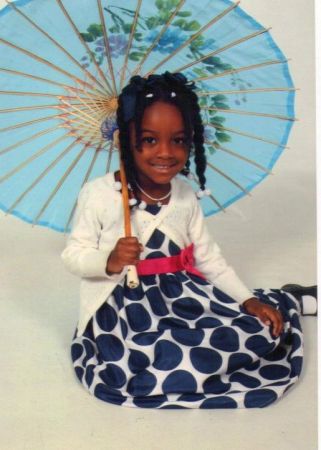
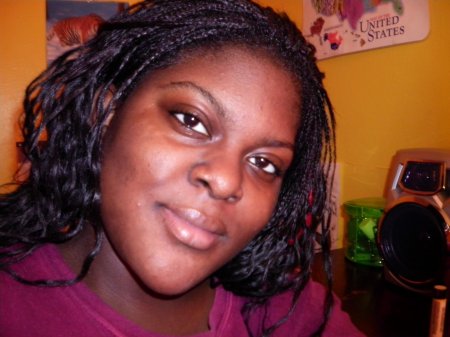
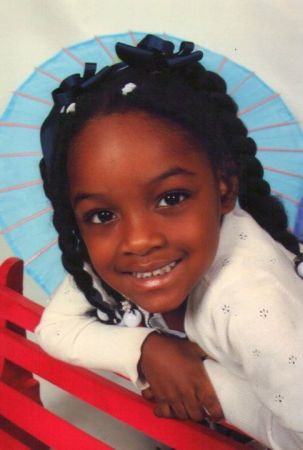
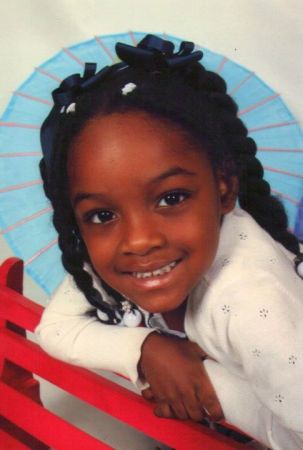
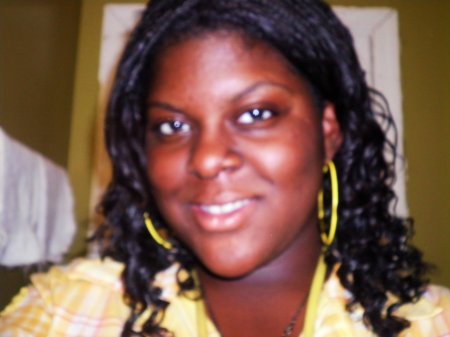
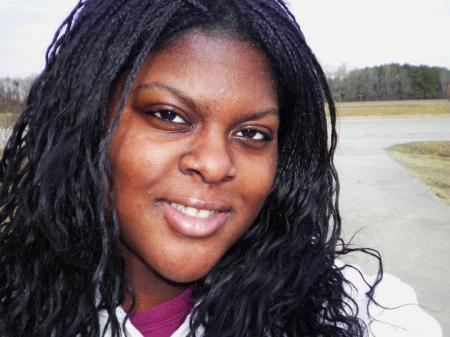
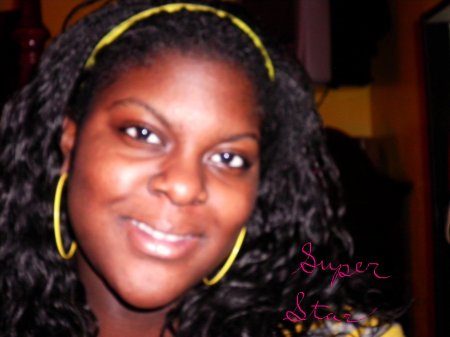
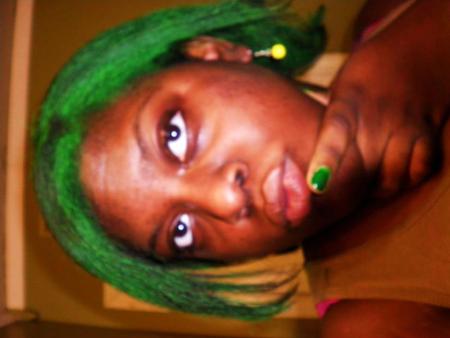
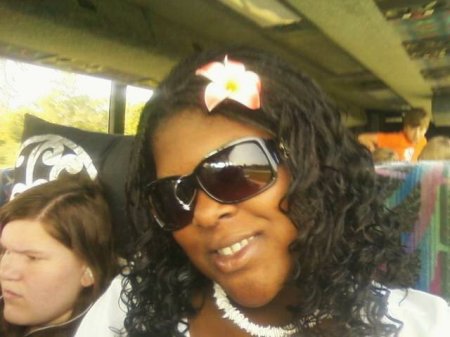
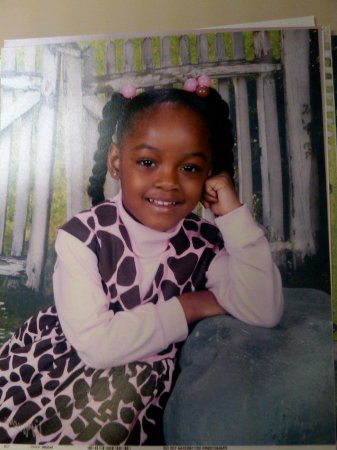
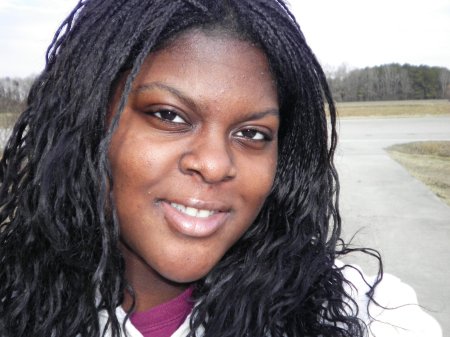
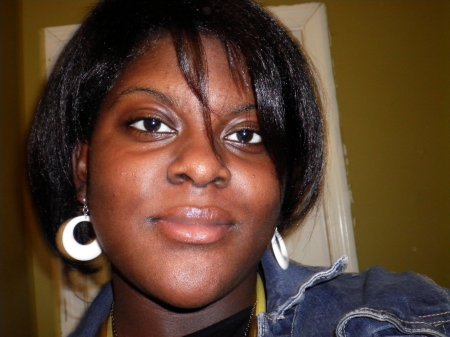
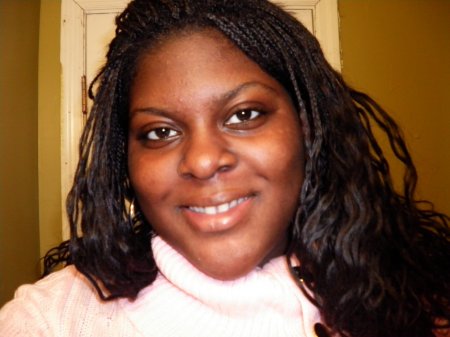
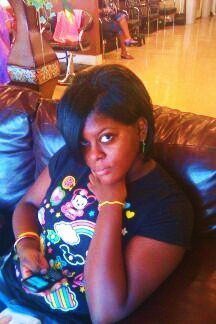
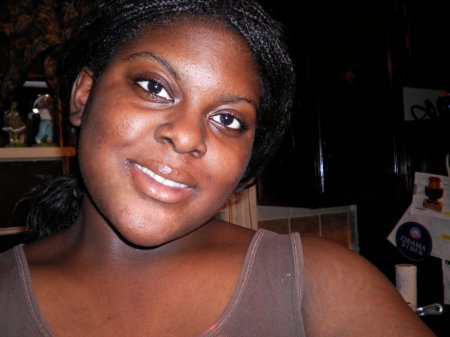
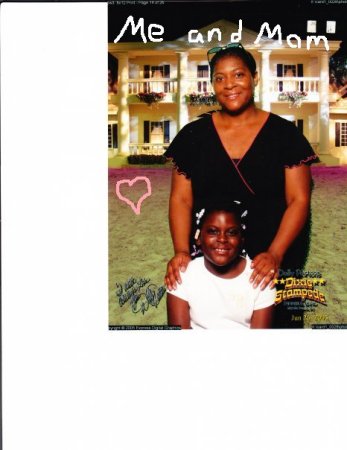
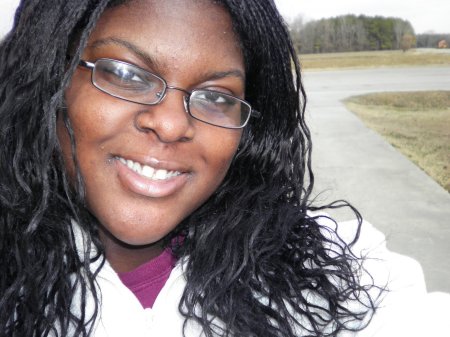
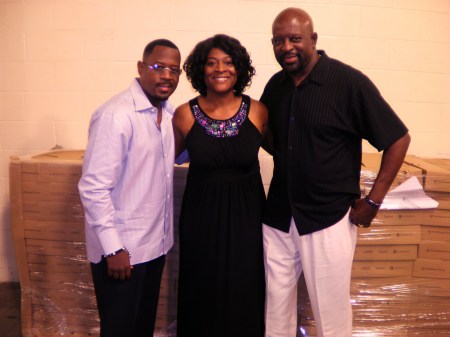
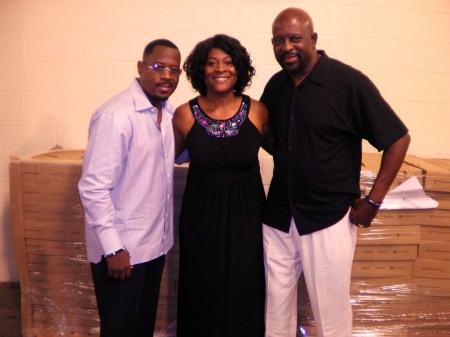
Register for Free to view all photos!




